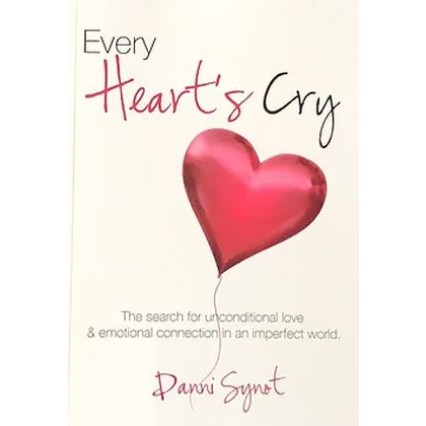
Sears advocates physical contact both during the day and night, including co-sleeping. Ferber recommends the “crying it out” or “extinction” methods of allowing a child to cry themselves to sleep, Dr. The two main methods can be divided into “Ferberizers” named after Dr. Despite the vast amount of information on the topic, very often the more you’ll read, the more confused you’ll be.

However, surprisingly few of these books are written by professionals with a background in sleep study, and there is a wide range of advice that is sometimes contradictory. There are a huge number of books on the topic–a review of the books currently being sold that are exclusively focused on sleep in children lists no less than 41 titles. How many new mothers are asked the well-meaning question by at least someone: “Is your baby sleeping through the night yet?”ĭo you listen to your doctor, a baby blog, or your “crunchy mama” friend when it comes to helping your baby to get into a good sleep routine? And with all the information that is out there–what does science say about sleep? Should you sleep train? Which method should you use? Maybe you should co-sleep–or maybe co-sleeping is dangerous? Out of all of the advice and opinions given, sleep may be the main topic. And then of course there’s the helpful (and often unsolicited) advice from parents, friends, neighbors, or random passers-by.

Whether they are buying baby books or poring through website after website, new parents have a wealth of information from which to choose.


 0 kommentar(er)
0 kommentar(er)
